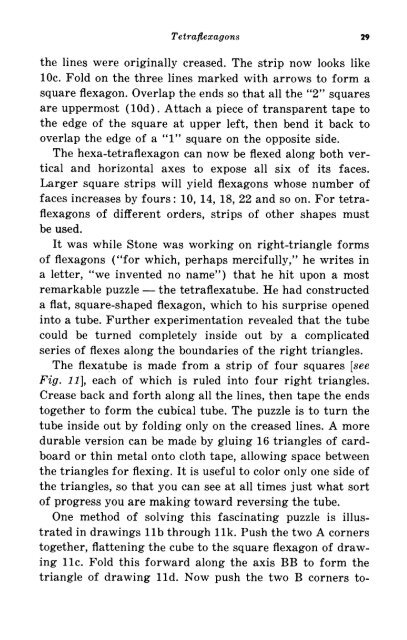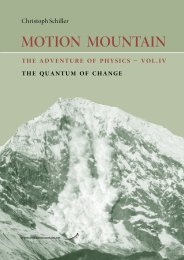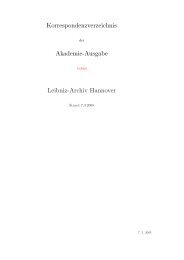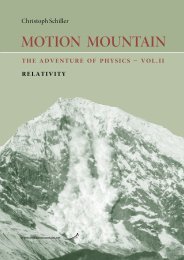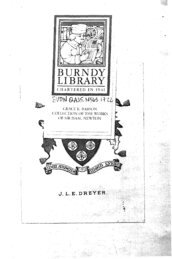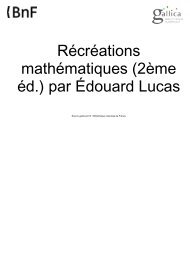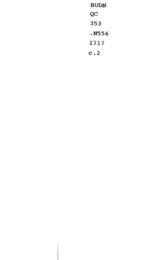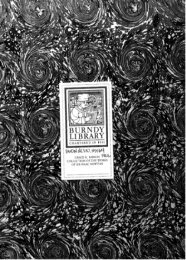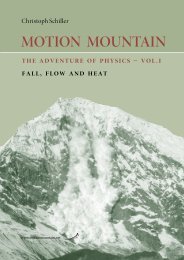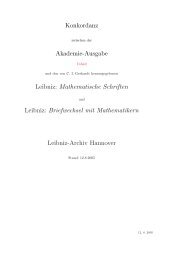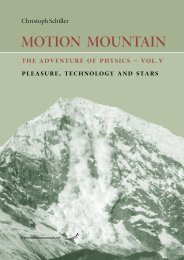The Second Book of Mathematical Puzzles and Diversions
The Second Book of Mathematical Puzzles and Diversions
The Second Book of Mathematical Puzzles and Diversions
You also want an ePaper? Increase the reach of your titles
YUMPU automatically turns print PDFs into web optimized ePapers that Google loves.
Tetraflexagons 29<br />
the lines were originally creased. <strong>The</strong> strip now looks like<br />
10c. Fold on the three lines marked with arrows to form a<br />
square flexagon. Overlap the ends so that all the "2" squares<br />
are uppermost (10d). Attach a piece <strong>of</strong> transparent tape to<br />
the edge <strong>of</strong> the square at upper left, then bend it back to<br />
overlap the edge <strong>of</strong> a "1" square on the opposite side.<br />
<strong>The</strong> hexa-tetraflexagon can now be flexed along both ver-<br />
tical <strong>and</strong> horizontal axes to expose all six <strong>of</strong> its faces.<br />
Larger square strips will yield flexagons whose number <strong>of</strong><br />
faces increases by fours : 10, 14, 18, 22 <strong>and</strong> so on. For tetra-<br />
flexagons <strong>of</strong> different orders, strips <strong>of</strong> other shapes must<br />
be used.<br />
It was while Stone was working on right-triangle forms<br />
<strong>of</strong> flexagons ("for which, perhaps mercifully," he writes in<br />
a letter, "we invented no name") that he hit upon a most<br />
remarkable puzzle - the tetraflexatube. He had constructed<br />
a flat, square-shaped flexagon, which to his surprise opened<br />
into a tube. Further experimentation revealed that the tube<br />
could be turned completely inside out by a complicated<br />
series <strong>of</strong> flexes along the boundaries <strong>of</strong> the right triangles.<br />
<strong>The</strong> flexatube is made from a strip <strong>of</strong> four squares [see<br />
Fig. 111, each <strong>of</strong> which is ruled into four right triangles.<br />
Crease back <strong>and</strong> forth along all the lines, then tape the ends<br />
together to form the cubical tube. <strong>The</strong> puzzle is to turn the<br />
tube inside out by folding only on the creased lines. A more<br />
durable version can be made by gluing 16 triangles <strong>of</strong> card-<br />
board or thin metal onto cloth tape, allowing space between<br />
the triangles for flexing. It is useful to color only one side <strong>of</strong><br />
the triangles, so that you can see at all times just what sort<br />
<strong>of</strong> progress you are making toward reversing the tube.<br />
One method <strong>of</strong> solving this fascinating puzzle is illus-<br />
trated in drawings llb through Ilk. Push the two A corners<br />
together, flattening the cube to the square flexagon <strong>of</strong> draw-<br />
ing llc. Fold this forward along the axis BB to form the<br />
triangle <strong>of</strong> drawing lld. Now push the two B corners to-


